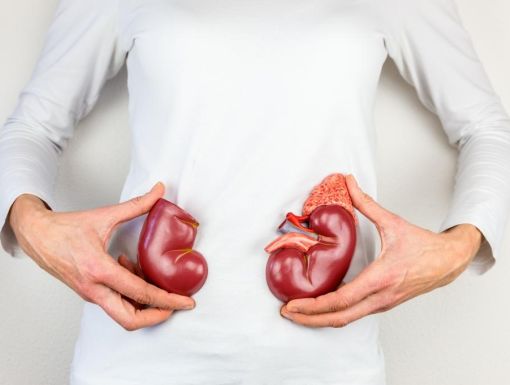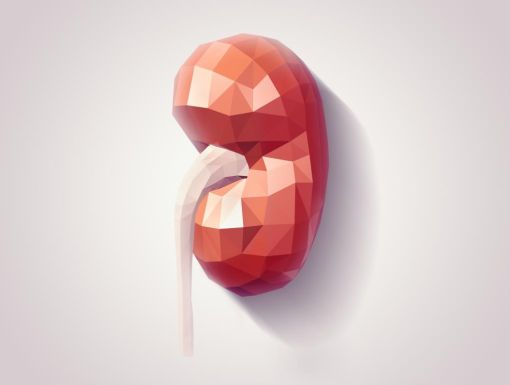
What You Should Know About Dialysis
According to the National Kidney Foundation, over 660,000 Americans are being treated for kidney failure (also known as end stage renal disease or ESRD). Treatment options for kidney failure include a kidney transplant or dialysis. Most patients with end stage renal disease are treated with dialysis.
What is dialysis and what does it do?
Dialysis is the removal of toxins and fluid from the body to help patients whose kidneys do not work properly. It is a method to clean the blood of wastes and rid fluid from the body.
When is it needed?
Dialysis is typically needed when a patient's kidney function drops below 10-15%.
What are the types of dialysis?
The most common type of dialysis is hemodialysis, which takes the blood and puts it through a filter to help clean it. This can be done at a dialysis center or at home.
The second type is to do peritoneal dialysis, which is done at home and does not involve blood. Instead, sterile fluid is passed in and out of the abdomen, which is how the wastes and fluids are cleaned from the body.
Are there any negative effects of dialysis?
Not everyone feels well with dialysis treatments depending on a number of factors, and there are pros and cons of the two different treatments. For example, patients on hemodialysis can sometimes feel washed out after their treatments, and patients on peritoneal dialysis can sometimes feel bloated during their treatment.
How long can you live on dialysis?
Doctors have treated patients who have been on dialysis for over 20 years.



